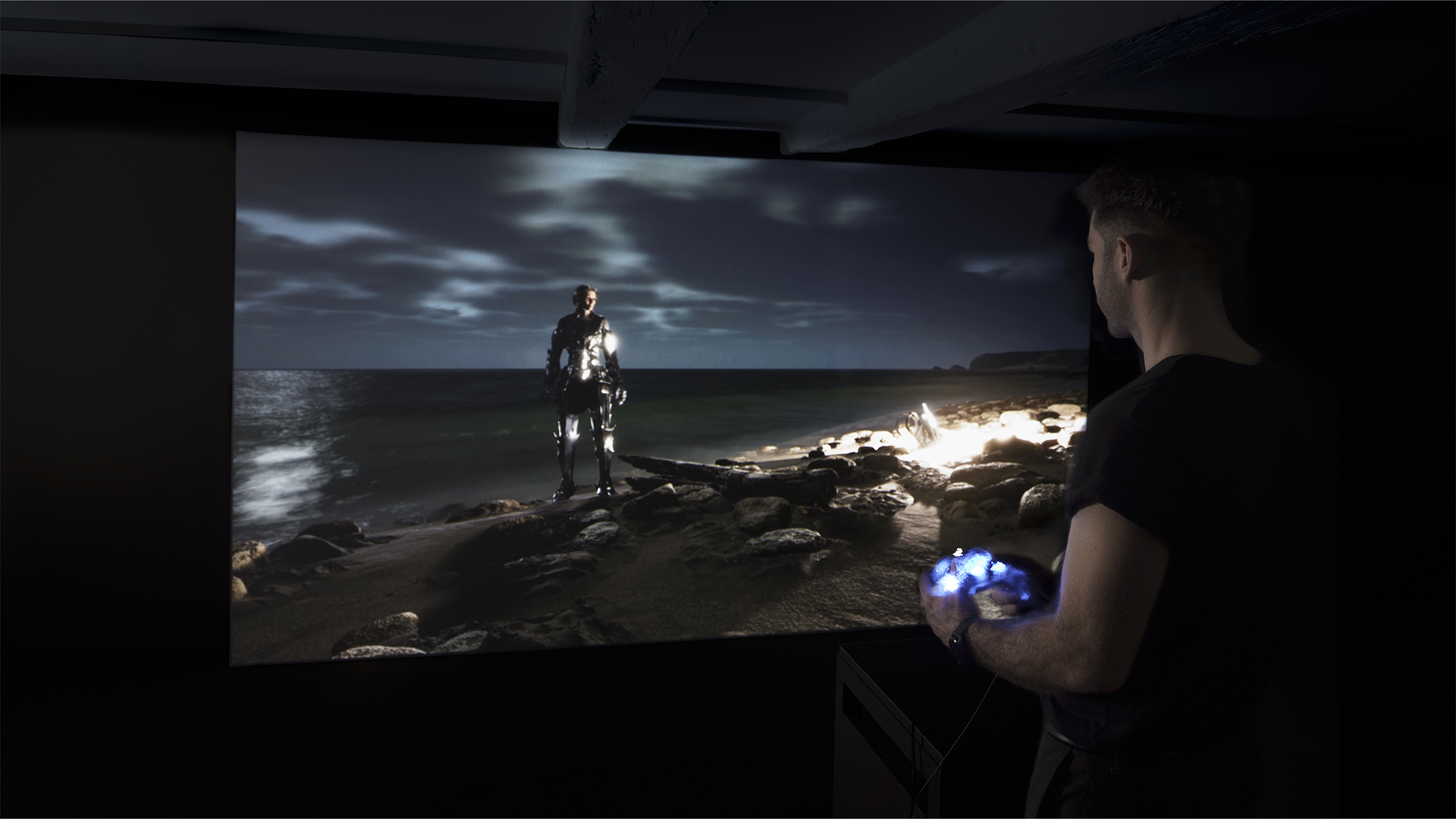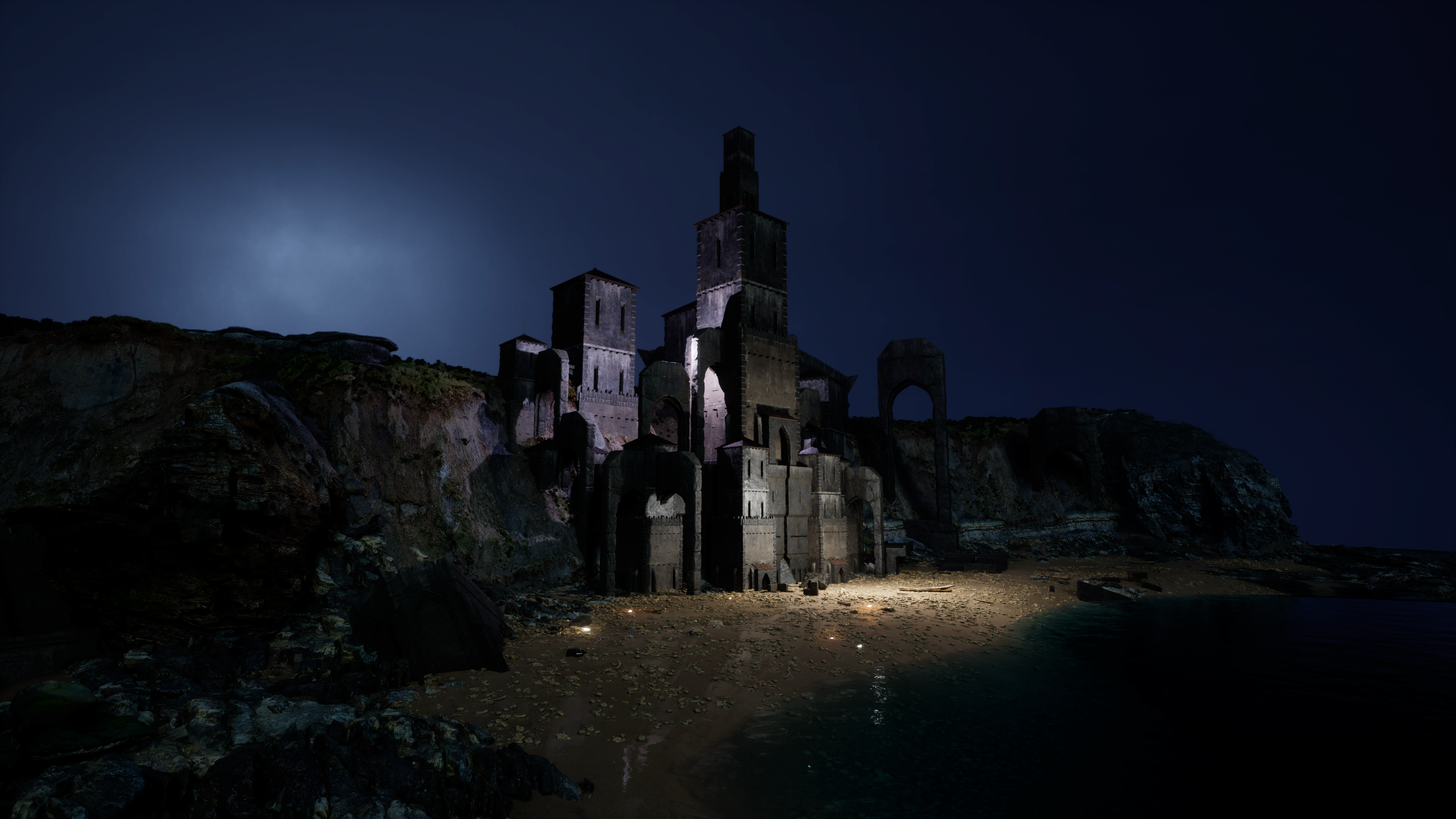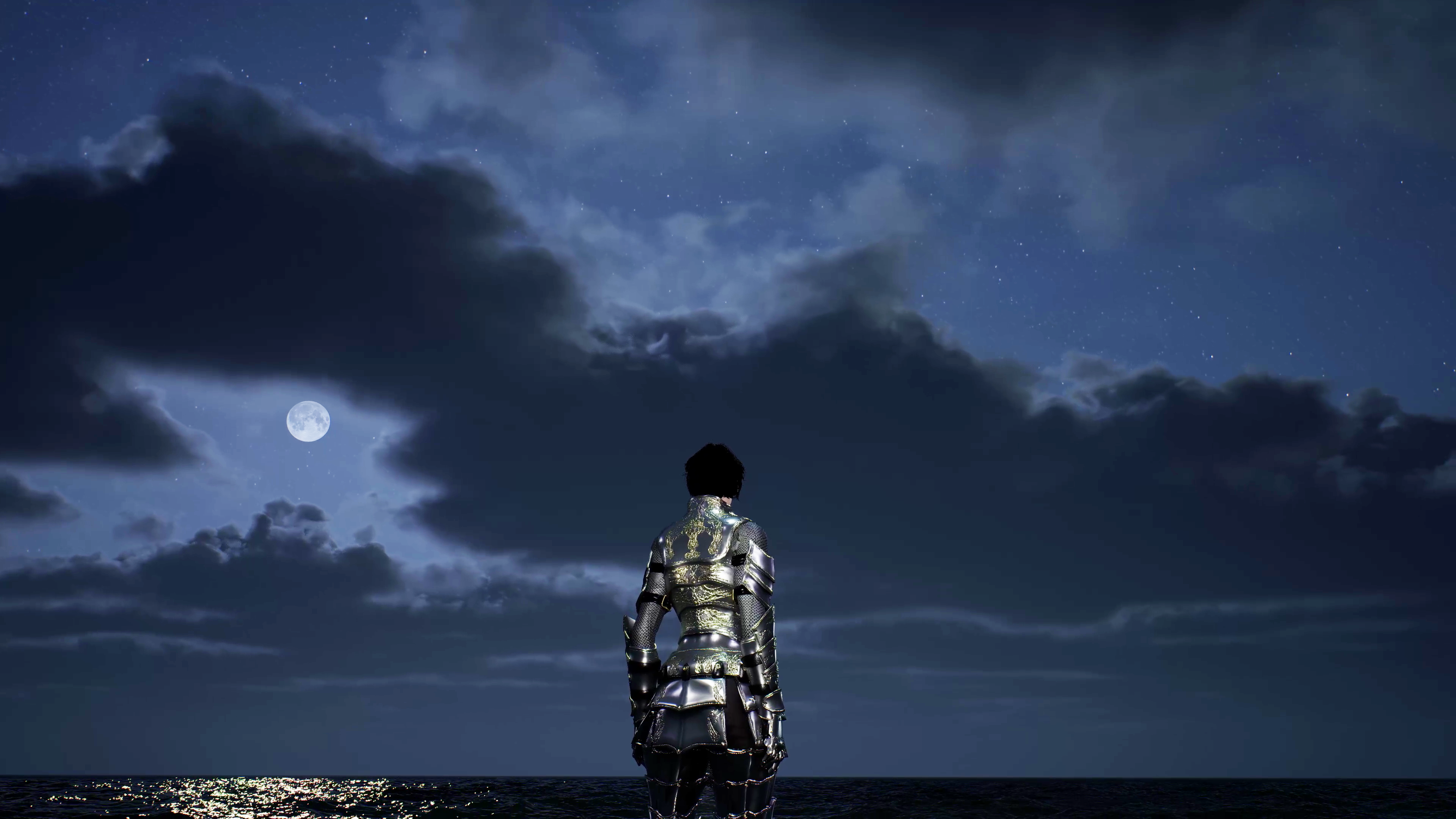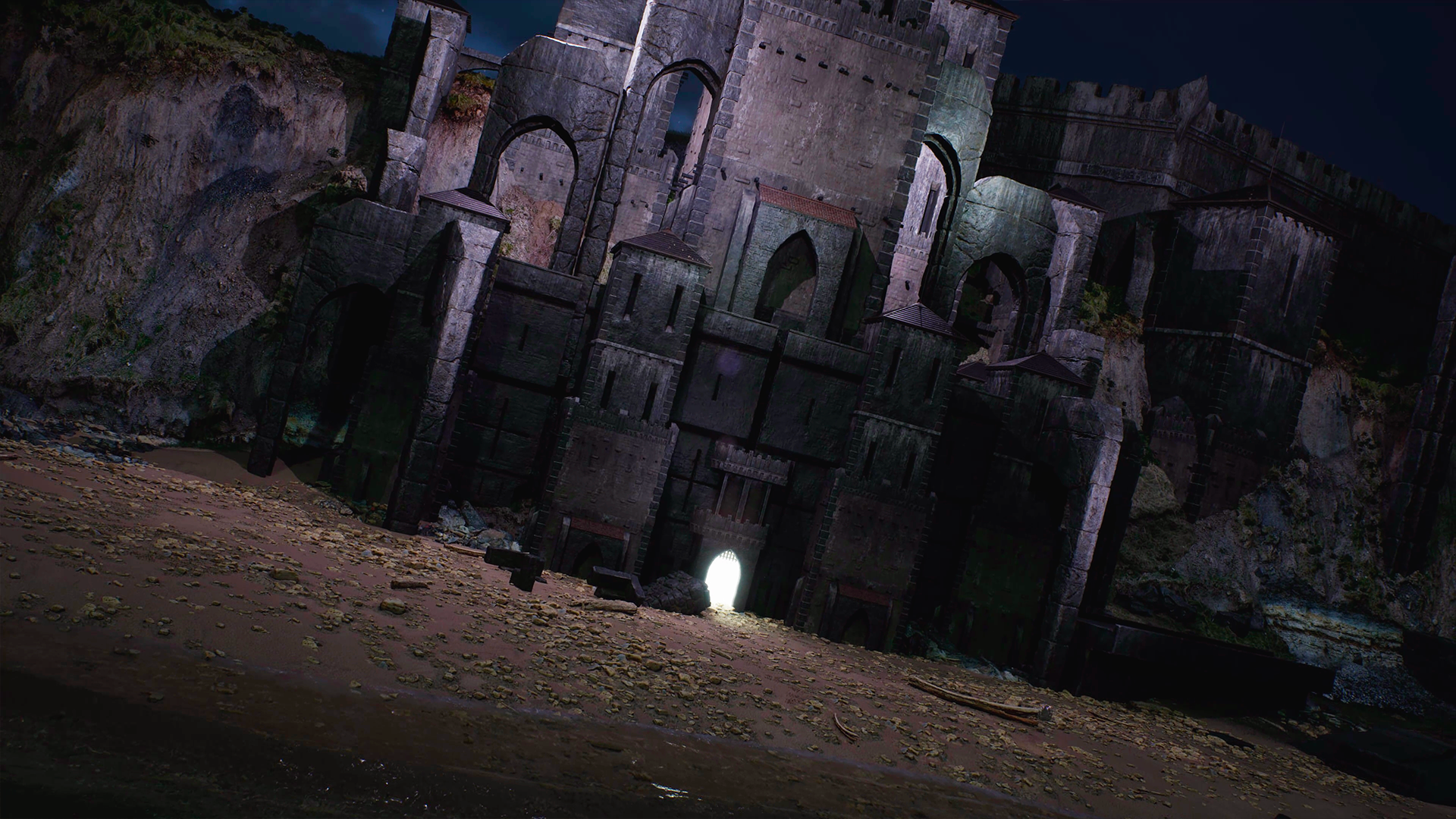Video game, immersive installation + virtual reality
YEAR 2024 for the game / 2025 for the VR
DIRECTION Mélanie Courtinat
DEVELOPMENT Mélanie Courtinat, Odran Jobin, Alpha Rats, Alex Sinh Nguyen
VR DEVELOPMENT Mélanie Courtinat, Nino Filiu, Odran Jobin
MUSIC Inès Chérifi at Færies Records, Yatoni
INTERNATIONAL DISTRIBUTION Diversion
The Siren is a digital exploration that questions the traditional conventions of video games. The project exists in two forms: an installative version played on a screen with a game controller, and an immersive virtual reality experience.
The work investigate the meaning we assign to actions within a game, the motivations behind our playful engagements, and aims to introduce an art exhibition audience to the medium. This inclusive approach is designed to be accessible to everyone, including newcomers, while also providing an additional level of understanding for those already familiarized with video games.
When showcased as an installation the piece features accessible gameplay and contemplative cinematics, offering a rich visual experience for those who prefer to watch. As in the virtual reality version, hands free interactions add a new immersive layer, allowing visitors to engage with the work in a more embodied and intuitive way.
The Siren begins like many games do: you control a heroine clad in shimmering armor and guided by an omniscient narrator, seemingly tasked with rescuing a damsel in distress. But before you can embark on this “main quest,” you’re ordered to complete a minor one: collecting glowing seashells scattered across a quiet beach at dusk. As the game unfolds, the narrator’s presence intensifies, their instructions become more insistent, more authoritarian, pushing the player to obey, to perform. This growing take over invites reflection on our relationship to authority within games, and beyond them. Why do we follow orders? What happens when we stop?
The Siren draws a parallel between the logic of “side quests” (like gathering hundreds of Korok seeds in Breath of the Wild), and the way we fill our real lives with tasks, projects, and goals to distract ourselves from the inevitability of death. Learning a new skill, optimizing routines, falling in love, we keep ourselves busy, hoping that purpose will emerge from repetition. These are little rituals we invent to trick the void.
At its core, The Siren also questions the narrative of romantic salvation, the belief that by “saving the princess,” or by chasing the idea of an “other half” we might finally be whole. That love might protect us from the absurdity of existence, that if we are the main character, there must be a story, and it must lead somewhere. The player’s path is guided through quiet decisions, shaping multiple possible endings. None are final, the “good ending” is tough to find.
The Siren doesn’t ask you to win, it invites you to drift and to wonder what it means to keep going when the quest no longer makes sense.
The Siren was first commissioned by the Pully Art Museum, under the curatorship of Victoria Mühlig.








